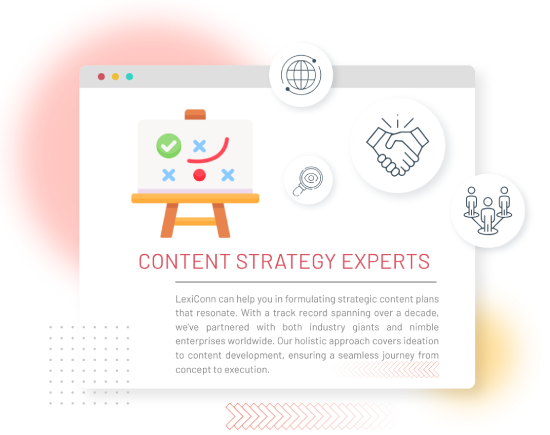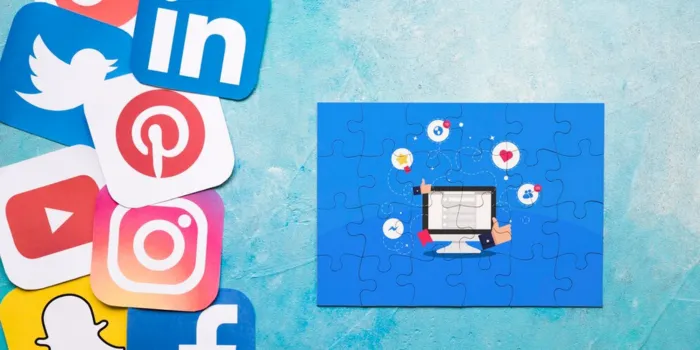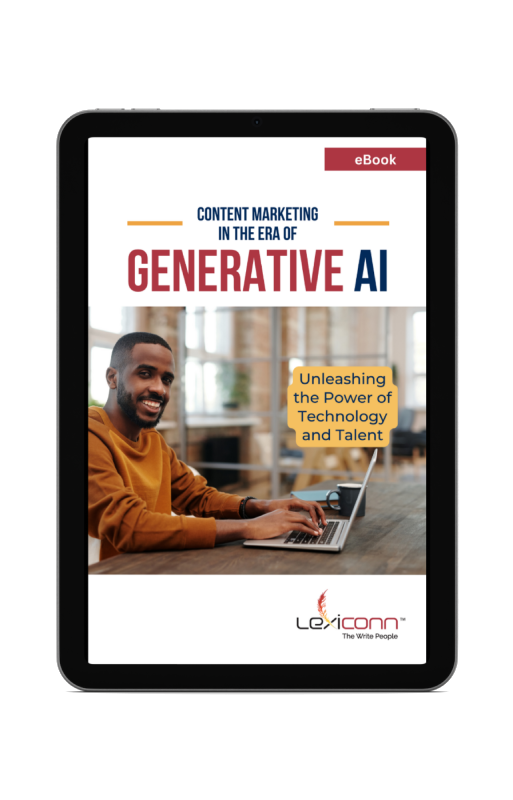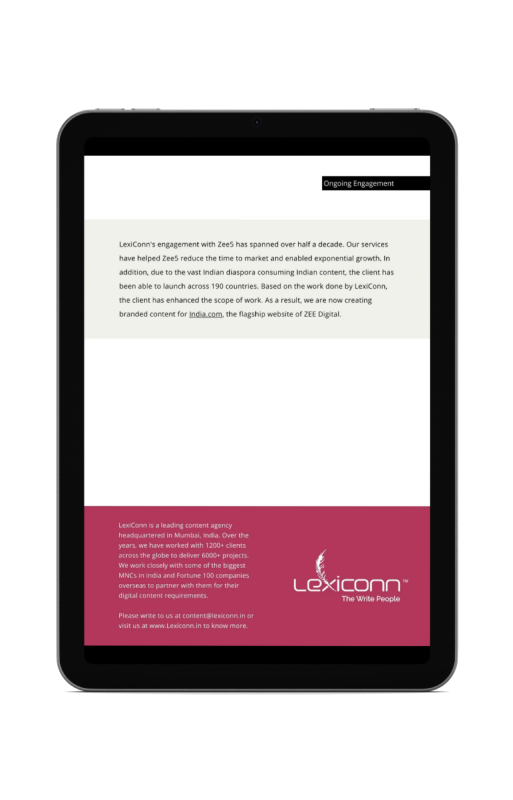

(Source)
Did you know that in 2025, over 70% of businesses are using content repurposing to maximize their digital content strategy? With billions of users engaging with social media daily, social media marketing has become the backbone of modern business communication. However, creating fresh content consistently can be time-consuming and resource-intensive. This is where content repurposing comes into play—a smart, efficient way to amplify your content’s reach and engagement without reinventing the wheel.
In this blog, we’ll explore how to turn one piece of content into multiple formats, share best practices for content distribution, and teach you how to extend the lifespan of your digital content while catering to diverse audiences across platforms.
Content repurposing is the practice of taking existing content and transforming it into new formats or adapting it for different platforms. Unlike simple recycling, which involves reusing old material as-is, repurposing adds value by tailoring the content to suit specific audience preferences or platform requirements.
For example, a detailed blog post can be turned into an engaging infographic for Instagram, a short video for TikTok, or a podcast episode for Spotify. This approach ensures your message reaches a broader audience while maximizing your investment in the original content.
Why does this matter? Studies show that businesses using repurposed content see more leads compared to those relying solely on new material. It’s not just about saving time; it’s about creating a cohesive strategy that keeps your brand visible and relevant across multiple touchpoints.
Repurposing content offers several advantages,
Creating high-quality content requires significant effort. Repurposing allows you to leverage existing material instead of starting from scratch, saving both time and resources.
Different platforms attract different audiences. By adapting your content into various formats—like videos, infographics, or podcasts—you can engage users across platforms like Instagram, LinkedIn, YouTube, and TikTok.
Repurposed content can improve your website’s search engine rankings by targeting additional keywords and generating backlinks from diverse platforms. For example, turning a blog post into a YouTube video with optimized descriptions can boost visibility on both Google and YouTube search engines.
Audiences consume content differently—some prefer reading blogs, while others enjoy watching videos or listening to podcasts. Repurposing ensures you cater to these varied preferences, keeping your audience engaged at every stage of their journey.
By presenting the same core message in multiple formats, you reinforce your brand identity while ensuring consistency across channels.

(Source)
To master content reuse, follow these strategies:
Adapting content into new formats is one of the most effective ways to repurpose it. Each platform has unique audience expectations, and tailoring your content to fit these preferences can significantly boost engagement.
How to Do It:
Convert Blog Posts into Visuals:
Take key points from blog posts and create infographics or short videos for platforms like Instagram, Pinterest, or YouTube Shorts. Visual learners are more likely to engage with content that is easy to digest and visually appealing.
Use Podcasts as Written Content:
Transcribe podcast episodes into written blogs or LinkedIn articles. This not only caters to readers but also improves SEO by adding keyword-rich text to your website.
Turn Webinars into Tutorials:
Repurpose recorded webinars or presentations into SlideShare decks or YouTube tutorials for long-term value. These formats are ideal for professional audiences on LinkedIn or YouTube.
Real-Life Application:
Let’s say you’ve created a long-form guide on “Social Media Marketing.” Here’s how you can transform it:
By doing this, you ensure that the same piece of content resonates with different audience segments across various platforms.
Long-form content like eBooks, whitepapers, or comprehensive guides is a goldmine for repurposing because it contains multiple insights that can be extracted and shared individually.
How to Do It:
Divide eBooks or Whitepapers:
Extract sections from an eBook or whitepaper and turn them into smaller blog posts or social media snippets. This makes the information more digestible while keeping your audience engaged over time.
Extract Key Statistics:
Pull out compelling statistics or data points from reports and share them as standalone posts on LinkedIn or Twitter. These bite-sized updates are perfect for sparking conversations online.
Create Twitter Threads or Instagram Stories:
Summarize the main takeaways from long-form pieces in concise Twitter threads or Instagram Stories, making them easier for audiences to consume quickly.
Why This Works:
Breaking down long-form content not only increases engagement but also keeps your audience coming back for more digestible insights over time.
Bundling smaller pieces of related content into comprehensive resources can help you create highly valuable assets that attract leads and build authority in your niche.
How to Do It:
Combine Blogs into EBooks:
Merge several blogs on related topics into an eBook that readers can download in exchange for their email addresses. This tactic is excellent for lead generation campaigns.
Create Themed Newsletters:
Curate snippets from past articles, podcasts, or videos around a particular theme and share them as part of an email newsletter series. This keeps your subscribers engaged while repurposing existing material.
Why This Works:
Bundling related content adds value by presenting cohesive resources that are easy for audiences to access and consume.
Evergreen content—topics that remain relevant over time—can be refreshed periodically with updated information, visuals, or examples to keep it engaging and useful.
How to Do It:
Refresh Outdated Statistics: Replace old data with recent findings to maintain credibility and relevance.
Add Trending Topics: Incorporate current trends or emerging technologies into older pieces to make them resonate with today’s audience.
Example: Add insights about AI-driven tools in an older article about “Content Creation Tools.”
Improve Visuals and Formatting: Enhance outdated visuals with modern designs using tools like Canva, and update formatting for better readability.
Why This Works:
Updating evergreen content ensures that high-performing pieces continue driving traffic and engagement long after their initial publication.

(Source)
To maximize the reach and engagement of repurposed content, tailoring it to each platform's unique characteristics is essential. Here's an in-depth look at how businesses can effectively distribute digital content across different platforms, leveraging content repurposing for impactful social media marketing.
Social media is the cornerstone of modern content distribution. Each platform has distinct user behaviors and content preferences, making it crucial to adapt your repurposed content accordingly. Here's how to approach the major platforms:
Instagram thrives on visual storytelling, making it perfect for creative, visually appealing formats. Here’s how to optimize your content:
Pro Tip: Use trending audio in Reels to boost discoverability and engagement. Keep captions concise but engaging to encourage interaction.
LinkedIn caters to professionals seeking value-driven, educational content:
Pro Tip: Focus on actionable insights and industry-specific trends to establish authority in your niche.
Twitter is fast-paced and thrives on concise, impactful messaging:
Pro Tip: Use Twitter polls or questions to spark conversations around your repurposed content.
Video is one of the most engaging formats for digital audiences. Here’s how to tailor your repurposed content for video-centric platforms:
YouTube is perfect for long-form video content that educates or entertains:
Pro Tip: Optimize YouTube descriptions with keywords like "content repurposing" and "digital content" to improve search visibility.
Short-form video formats like Reels and Shorts cater to mobile-first audiences:
Pro Tip: Use bold hooks in the first three seconds to grab attention immediately.
Republishing blogs on secondary platforms helps extend their reach while maintaining SEO value. Here’s how:
Medium attracts readers looking for in-depth articles on various topics:
LinkedIn’s article feature is ideal for reaching professionals:
Pro Tip: Always include links back to your website or original blog post to drive traffic.
Email remains one of the most effective channels for nurturing leads and driving traffic. Use these tactics to integrate repurposed content into your email strategy:
Include snippets from your latest blog posts in newsletters, along with a link encouraging readers to explore the full article on your website.
Create themed newsletters by bundling related snippets from multiple pieces of content (e.g., “Top 5 Social Media Marketing Tips”).
Pro Tip: Personalize subject lines and preview text to increase open rates.
To ensure your efforts yield maximum results, follow these best practices:
Leverage these tools to streamline the process:
Content repurposing is no longer just an option—it’s a necessity in today’s competitive digital landscape. By transforming one piece of content into multiple formats tailored for different platforms, businesses can maximize their reach while saving time and resources.
Ready to elevate your brand’s digital presence? At LexiConn, we specialize in crafting tailored content strategies that amplify engagement across channels through smart repurposing techniques.
Visit us at www.lexiconn.in or drop us a line at [email protected] today! LexiConn also offers a FREE 30-minute consultation session—let us help you unlock the full potential of your digital content!



I have read and accept the Privacy Policy
Read More